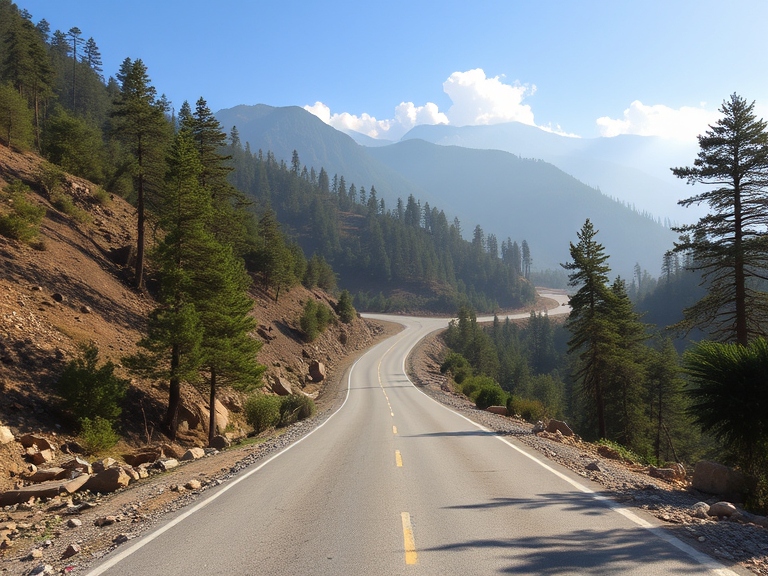Nepal continues to grapple with the challenges of balancing infrastructure development and environmental conservation. With expanding projects and ecological concerns, aligning progress with sustainability remains a pressing issue.
Original article written by: Abhaya Raj Joshi
Nepal’s rugged terrain demands improved connectivity, promising better livelihoods and tourism opportunities. However, projects like roads, railways, and hydropower dams often come at the cost of habitat fragmentation, pollution, and risks to wildlife. Despite significant strides in conservation, including community forestry and protected areas, conflicts between development and environmental needs persist. The government faces mounting pressure to fulfill public aspirations for rapid infrastructure progress while safeguarding nature.
In 2024, infrastructure expansion in Nepal, particularly in the Terai lowlands, sparked debates. The government’s plans to enhance highways and build railways drew environmental concerns. For instance, expanding the East-West Highway lacked proper wildlife crossings, risking habitat fragmentation and increased vehicle collisions. Similarly, projects like the Nagmati Dam in Kathmandu faced criticism for ecological and safety risks in this earthquake-prone region.
Protests and opposition continued, with controversies such as the East-West Railway rerouting near Chitwan National Park displacing locals and endangering wildlife habitats. Meanwhile, conservationists advocating for sustainable development are often labeled “anti-development,” reflecting the tension between environmental priorities and infrastructure ambitions. Collaborative efforts between civil engineering and forestry institutions show promise, with new educational initiatives aimed at bridging development and biodiversity conservation.

